Mathemagician Arthur Benjamin says that there are three reasons we learn math: calculation, application and inspiration. Yes, inspiration.
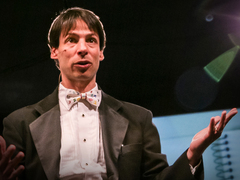 Arthur Benjamin: A performance of "Mathemagic"
Math is the science of patterns, and learning it teaches us not just logic but creative thinking, says Benjamin. So why, when math is beautiful and exciting, is so much of what we learn in school about preparing for tests or passing on to the next grade?
Arthur Benjamin: A performance of "Mathemagic"
Math is the science of patterns, and learning it teaches us not just logic but creative thinking, says Benjamin. So why, when math is beautiful and exciting, is so much of what we learn in school about preparing for tests or passing on to the next grade?
To highlight this point, Benjamin introduces us to Fibonacci numbers — a name-drop that gets loud applause on the TEDGlobal stage. The person we call Fibonacci was actually “named” Leonardo of Pisa and he pioneered much of the arithmetic we use. The Fibonacci sequence is:
1 1 2 3 5 8 13 21 34 55 …
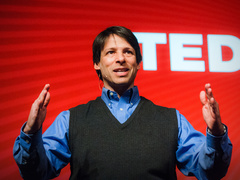 Arthur Benjamin: Teach statistics before calculus!
Each number in the sequence is the sum of the two that came before it. This sequence of numbers occurs in nature surprisingly often (like in the number of petals on a flower), and the sequence has other special properties too — if you square the sequence, remarkable patterns emerge. Benjamin shows us this spatially through a simple diagram — all the numbers in the sequence form a rectangle made of smaller squares.
Arthur Benjamin: Teach statistics before calculus!
Each number in the sequence is the sum of the two that came before it. This sequence of numbers occurs in nature surprisingly often (like in the number of petals on a flower), and the sequence has other special properties too — if you square the sequence, remarkable patterns emerge. Benjamin shows us this spatially through a simple diagram — all the numbers in the sequence form a rectangle made of smaller squares.
“I show all this to you because, like all of mathematics, there’s a beautiful side of it that doesn’t get attention in school,” Benjamin concludes. “Mathematics is not just solving for x, it’s also figuring out why.”
On the Friday of the conference, Benjamin returned to the stage to perform a mathemagic trick. He pulls an attendee out of the audience and onto stage and asks her to tell him her birthday. He creates a 4×4 grid and adds the digits of her birthdate together in the top row. The sum is 41. Benjamin takes just a few seconds to fill in the rest of grid with numbers. Then, testing the audience’s arithmetic skills, he adds up each column and row. They all add up to the magic number 41. The same is even true of the diagonals on the grid … and amazingly of the center square. In fact, the corners add up to 41 too. How?
Inspiration, indeed.
Arthur Benjamin’s talk is now available for viewing. Watch it on TED.com »
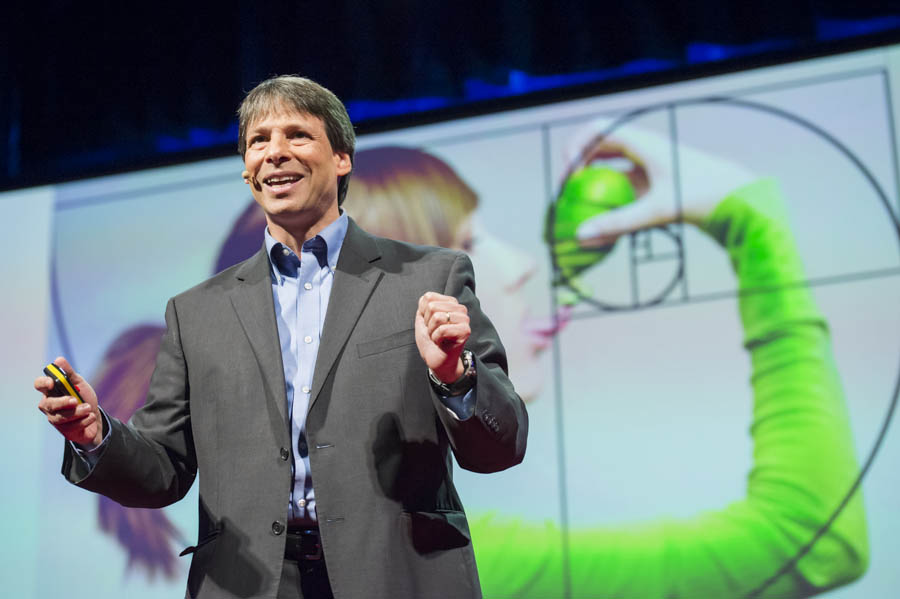
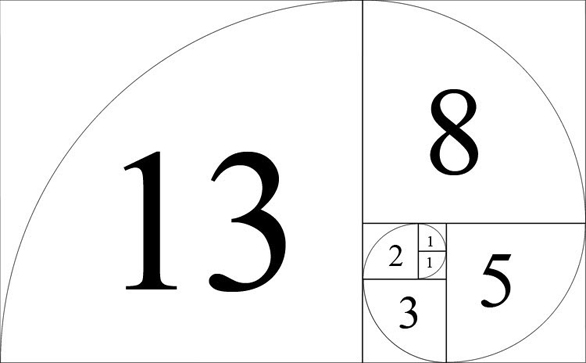
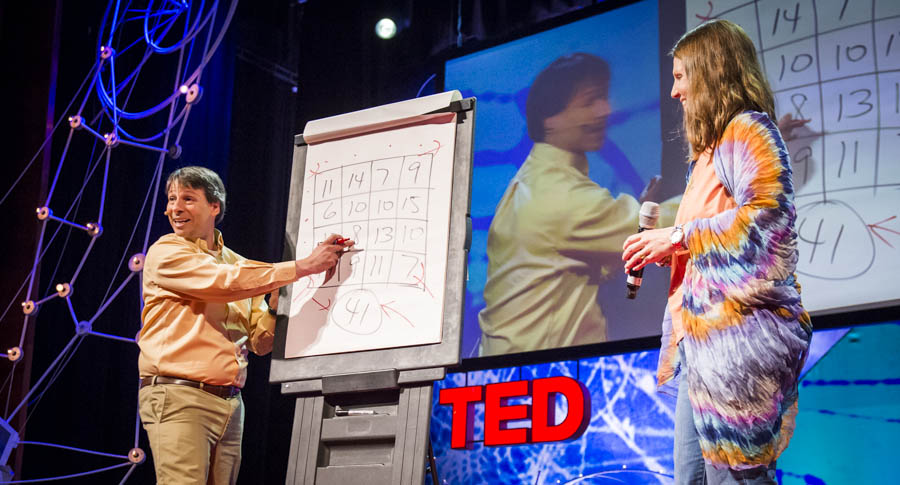
Comments (13)
Pingback: Arthur Benjamin on math education | peakmemory
Pingback: Listly List - TED videos